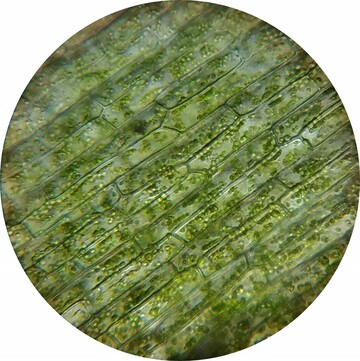What is the importance of experimental design?

Experimental design ensures accuracy in experiments.

Experimental design ensures accuracy in experiments.
Experimental design is a way of planning and carrying out an experiment to answer a question. It is important because it helps you to make sure that your results are accurate and reliable.
Why is experimental design important?
There are a few reasons why experimental design is important. First, it helps you to control the variables in your experiment. This means that you can be sure that the only thing that is changing is the variable that you are interested in. This makes it easier to see if there is a cause-and-effect relationship between the two variables.
Second, experimental design helps you to make sure that your results are accurate. This is because it helps you to avoid making mistakes, such as not keeping track of all of the data or not using a random sample.
What are some examples of experimental design?
There are many different types of experimental designs. Here are a few examples:
- Controlled experiment: This is one where you have two groups of subjects, one that is exposed to the treatment and one that is not. This is the most common type of experimental design.
- Randomized experiment: This is one where the subjects are randomly assigned to the two groups. This helps to ensure that the two groups are as similar as possible, which makes it easier to see if there is a difference between them.
- Blind experiment: This is one where the subjects do not know whether they are in the treatment group or the control group. This helps to avoid bias, which can affect the results of an experiment.
Conclusion
Experimental design is an important tool for scientists. It helps them to make sure that their results are accurate and reliable. If you are interested in science, you should learn about experimental design. It is a valuable skill that can help you to answer your questions about the world around you.
How can I use experimental design in my own science projects?
Experimental design can be used in your own science projects to help you find answers to questions you have about the world around you. For example, let's say you want to know which plant grows taller: a plant that gets water every day or a plant that only gets water every other day. You can use experimental design to set up a controlled experiment where you have two groups of plants - one group that gets water every day and one group that gets water every other day. By observing and measuring the height of the plants over time, you can see if there is a difference and learn which method of watering helps plants grow taller.
What are some resources that can help me learn more about experimental design?
There are plenty of resources that can help you learn more about experimental design! One great resource is books on scientific experiments and investigations. These books often have step-by-step guides on how to plan and carry out experiments using experimental design. You can also find online articles and videos that explain the different types of experimental designs and provide examples to help you better understand the concept. Additionally, your science teacher or school may have resources or websites that can assist you in learning more about experimental design. Don't forget, asking your teacher questions is also a great way to learn more about the topic!

Experimental design ensures accuracy in experiments.